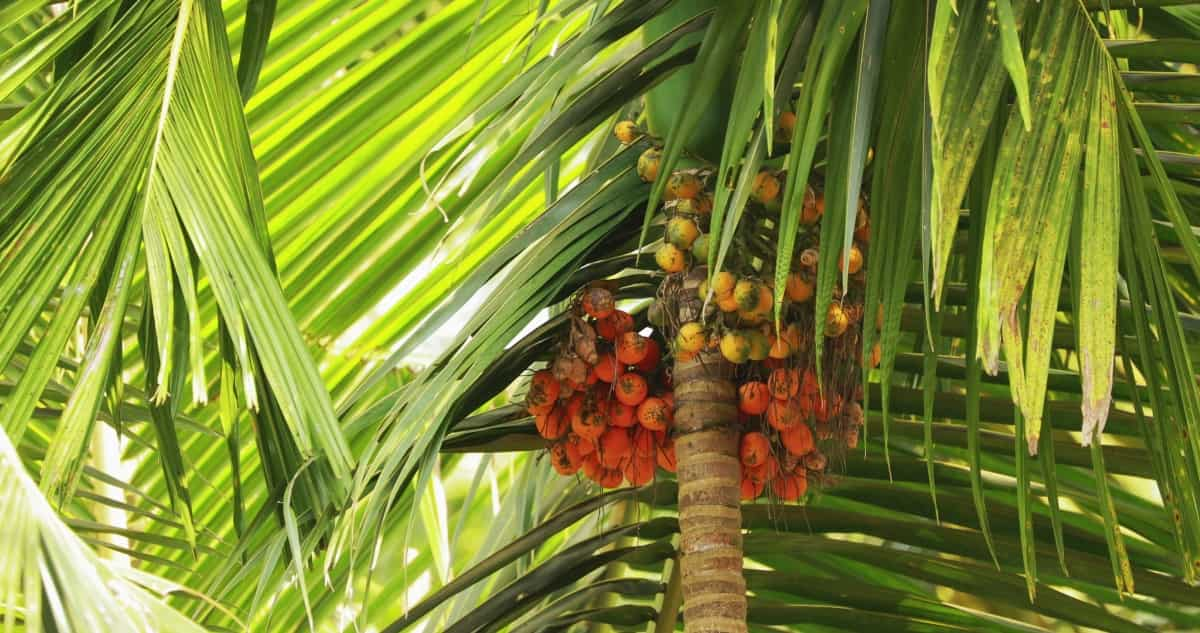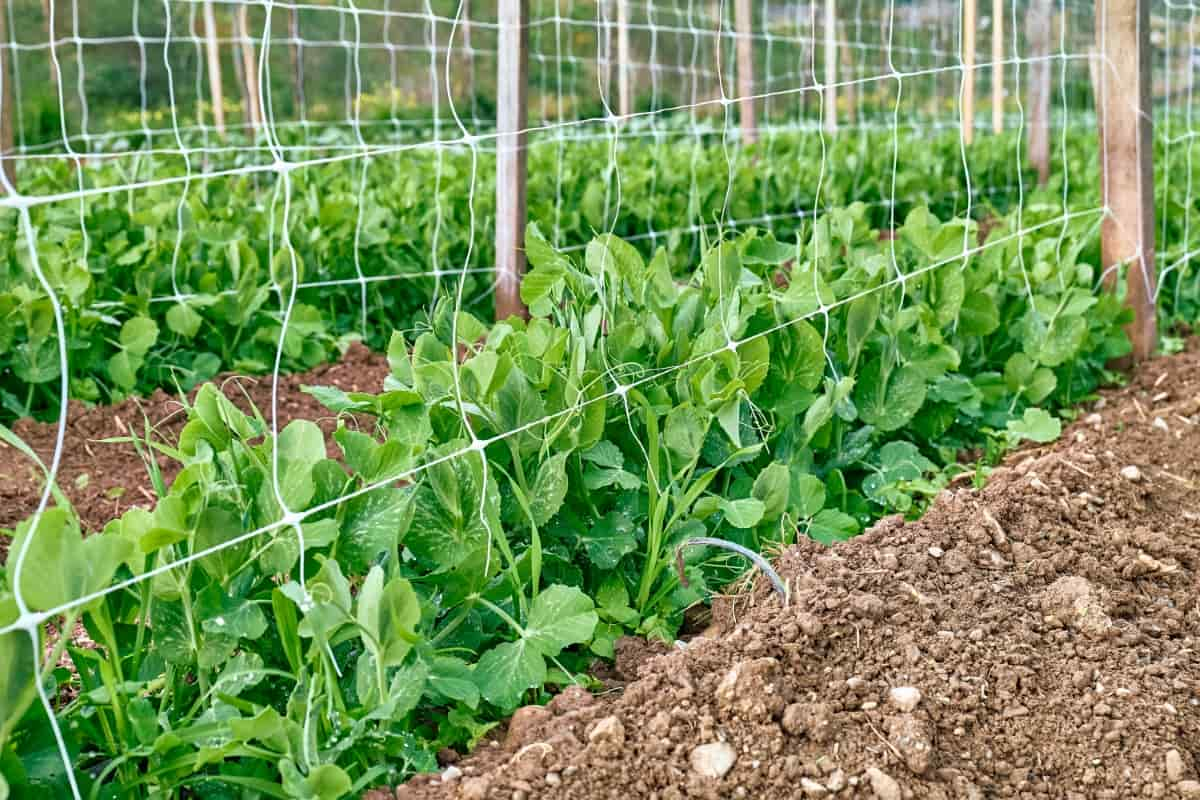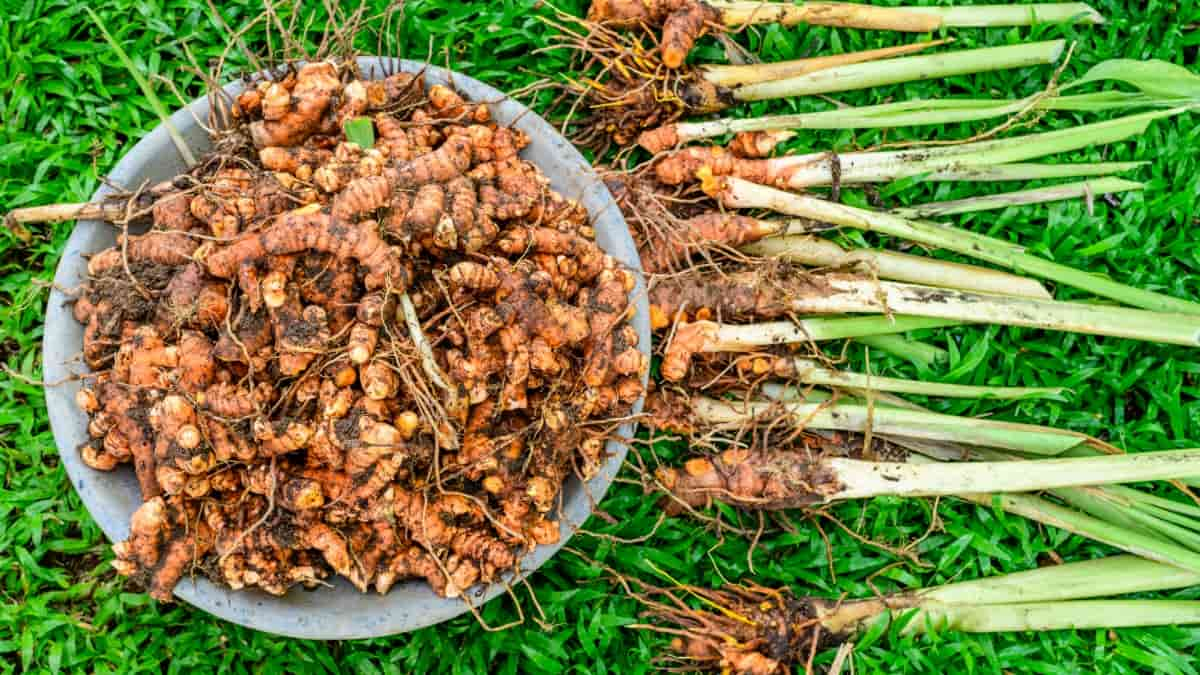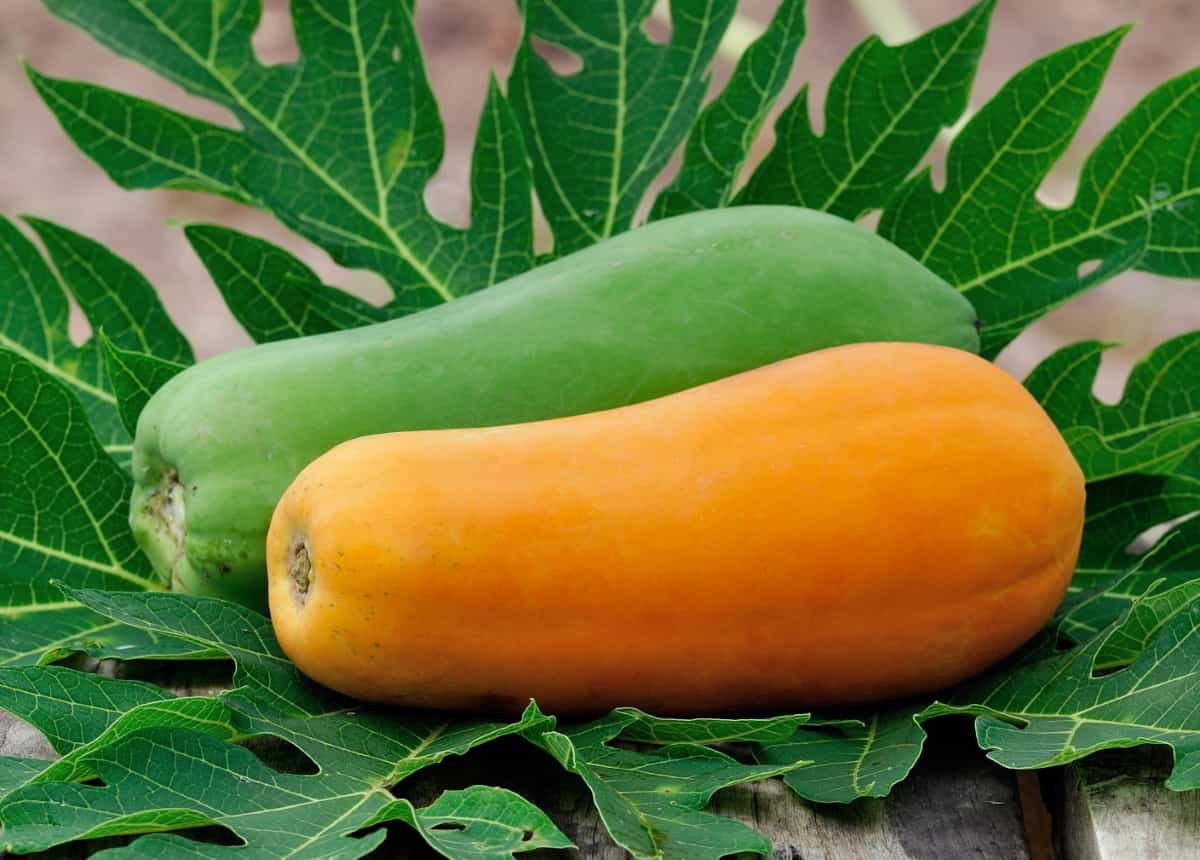Areca Nut cultivation, a significant agricultural practice, has seen a rise in the integration of intercropping strategies, particularly in plantation crops. Intercropping in Areca Nut plantations involves growing different crops between the Areca Nut trees, which can include a mixed crop with Areca Nut or specific combinations like coconut and Areca Nut intercropping. This method not only optimizes land use but also enhances biodiversity and soil health.

The choice of the best Areca Nut variety is crucial for successful cultivation and intercropping. Areca Nut pollination plays a key role in the productivity of these plantations. In this exploration, we’ll delve into the benefits of intercropping in Areca Nut plantations, the suitable spacing and planting patterns, and the best intercrops, focusing on leguminous crops, spices, and medicinal plants.
Best Intercrop for Areca Nut
Benefits of Intercropping in Areca Nut Plantations
Intercropping in Areca Nut plantations offers a myriad of benefits. It maximizes land use efficiency, allowing farmers to harvest multiple crops from the same field. Diversifying crops not only boosts income streams but also mitigates the risk of complete crop loss. Intercropping improves soil fertility and structure, as different crops have varied nutrient requirements and contribute differently to soil health.
It also aids in pest management, as the presence of diverse crops can reduce the spread of pests specific to a single crop. Furthermore, intercropping with leguminous crops can enhance nitrogen fixation in the soil, benefiting the Areca Nut trees. The microclimate moderation provided by intercropping helps maintain soil moisture and reduces erosion, contributing significantly to sustainable Areca Nut cultivation.
Spacing and Planting Patterns of Intercrops in Areca Nut Plantations
The success of intercropping in Areca Nut plantations largely depends on the right spacing and planting patterns. The spacing should be such that it allows enough room for the intercrops to grow without hindering the growth of Areca Nut plants. Typically, a spacing that complements the root spread and canopy growth of both the Areca Nut and the intercrops is ideal. Planting patterns should be planned considering factors like sunlight, water requirements, and growth habits of both the Areca Nut and the intercrops.
Row planting is often preferred as it facilitates easy movement for maintenance activities like weeding and harvesting. The pattern should ensure that the intercrops do not compete with the Areca Nut for essential resources but rather complement each other. Strategic planning in spacing and planting patterns can significantly enhance the overall yield and health of both the Areca Nut and the intercrops.
Suitable Best Intercrops for Areca Nut Plantations
Identifying suitable best intercrops for Areca Nut plantations is crucial for successful intercropping. The choice of intercrops depends on various factors such as the climate, soil type, and water availability. Leguminous crops are often preferred due to their ability to fix nitrogen, thereby improving soil fertility. Other categories like spices and medicinal plants are also popular choices due to their high market value and compatibility with Areca Nut cultivation.
These crops not only utilize the available land efficiently but also contribute to the diversification of produce, enhancing the economic resilience of the farming system. When selecting intercrops, it’s important to consider their growth cycle, water, and nutrient requirements to ensure they are compatible with the Areca Nut trees.
Leguminous Crops as Intercrops for Areca Nut Plantations
Leguminous crops are excellent choices as intercrops for Areca Nut plantations thanks to their nitrogen-fixing ability, which enhances soil fertility. Pigeon Pea, Black Gram, and Green Gram are some of the popular leguminous crops for intercropping.
- Pigeon Pea serves as a multifaceted crop, enhancing soil nitrogen content while delivering a substantial harvest. Its deep root system helps in soil aeration and nutrient mobilization, benefiting the Areca Nut trees.
- Black Gram, known for its short duration and nitrogen-fixing capability, is an ideal choice. It requires minimal care and complements the Areca Nut plantation without competing for nutrients.
- Green Gram, another short-duration crop, is beneficial for soil health and provides additional income to farmers. Its compatibility with Areca Nut makes it a preferred choice for intercropping.
In case you missed it: Frequently Asked Questions About Intercropping

Spices and Medicinal Plants as Intercrops for Areca Nut Plantations
Incorporating spices and medicinal plants as intercrops in Areca Nut plantations can be highly profitable. Turmeric, Ginger, and Pepper are excellent choices.
- Turmeric is a valuable spice known for its medicinal properties and demand in the market. It thrives well under the partial shade provided by Areca Nut trees, making it an ideal intercrop.
- Ginger, another popular spice with medicinal benefits, is suitable for intercropping due to its low height, which allows it to grow well under the canopy of Areca Nut trees.
- Pepper, a climber, can be trained to grow on Areca Nut trees, effectively utilizing vertical space. This not only saves land but also provides additional income from the same unit of land.
In case you missed it: Intercropping and Mixed Cropping: Differences and Advantages

Fruit Crops as Intercrops for Areca Nut Plantations
Integrating fruit crops as intercrops in Areca Nut plantations can be highly beneficial. Bananas, Papaya, and Guava are among the most suitable fruit crops for this purpose.
- Banana is an excellent intercrop due to its fast growth and high yield. It thrives in the microclimate created by Areca Nut plantations, providing shade and moisture conservation, which is beneficial for both crops. The decomposing leaves of banana plants contribute organic material to the soil, thereby enhancing its fertility.
- Papaya, with its small root system, complements the Areca Nut trees well. It doesn’t compete heavily for nutrients and can be easily accommodated within the plantation. Papaya offers a quick return as it starts fruiting within a year, providing an additional income source while the Areca Nut trees mature.
- Guava, known for its hardiness and ability to thrive under varying soil conditions, makes a good match for Areca Nut plantations. It requires minimal care and can be planted in the interspaces, utilizing the land effectively and offering a steady yield.
In case you missed it: Areca Nut Profit Per Acre: Cost of Cultivation, Planting Distance, Intercrops, and Yield

Cover Crops as Intercrops for Areca nut Plantations
Cover crops play a significant role in enhancing soil health and preventing erosion in Areca Nut plantations. Cowpea and Sunhemp are two effective cover crops. Cowpea, as a cover crop, not only prevents soil erosion but also improves soil fertility through nitrogen fixation. It covers the ground quickly, reducing the growth of weeds and their residues when plowed back into the soil, adding organic matter and enhancing soil structure and fertility.
Sunhemp is another valuable cover crop for Areca Nut plantations. It grows rapidly, providing a dense cover that protects the soil. Its capacity to nitrogen-fix enhances soil fertility while concurrently aiding weed control. When incorporated into the soil, Sunhemp improves soil texture and fertility, benefiting the subsequent crops grown on the plantation.
Conclusion
The strategic integration of various intercrops like leguminous crops, spices, medicinal plants, fruit crops, and cover crops in Areca Nut plantations significantly enhances soil health, biodiversity, and economic returns, making it a sustainable and profitable approach for farmers. This diversity in cropping not only optimizes land use but also plays a crucial role in the ecological and financial sustainability of agriculture.
- Feed Your Flock for Less: Top 10 Tips to Save on Chicken Feed
- Ultimate Guide to Ossabaw Island Hog: Breeding, Raising, Diet, and Care
- Hatching Answers: The Top 10 Reasons Your Chickens Aren’t Laying Eggs
- Eggs and Economics: Breaking Down the Cost of Raising Backyard Chickens
- Defend Your Greens: Proven Methods to Keep Iguanas Out of Your Garden
- Ultimate Guide to Cinnamon Queen Chicken: A Comprehensive Guide for Beginners
- Ultimate Guide to California Tan Chicken: Breeding, Raising, Diet, Egg-Production and Care
- Ultimate Guide to Marsh Daisy Chicken: Breeding, Raising, Diet, and Care
- 10 Types of Chicken Farming Businesses You Can Start for Profits